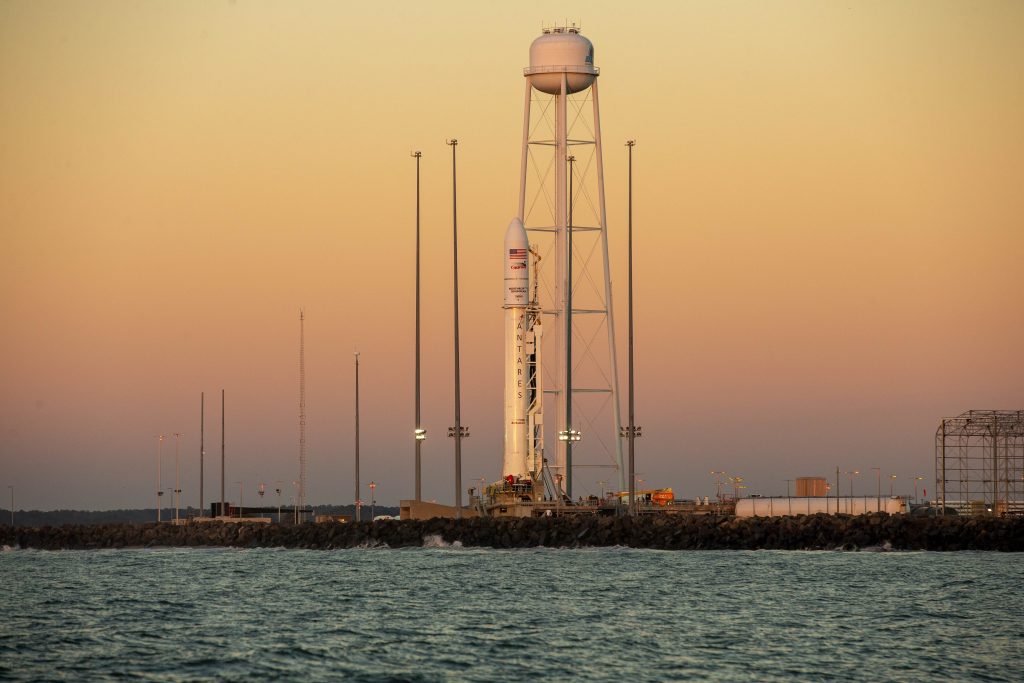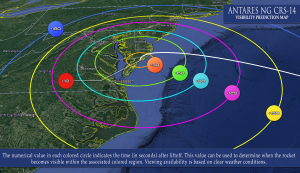The countdown has started for the launch of Northrop Grumman’s Antares rocket carrying a Cygnus spacecraft with nearly 8,000 pounds of cargo and supplies for the International Space Station. The five-minute launch window opens at 9:38 p.m. EDT.
NASA commercial cargo provider Northrop Grumman is targeting tonight for the launch of its 14th resupply mission to the International Space Station. The five-minute launch window opens at 9:38 p.m. EDT.


The launch may be visible, weather permitting and depending on other local conditions (such as elevation), to residents up and down the East Coast of the United States.
How to view the Northrop Grumman CRS-14 launch
Loaded with nearly 8,000 pounds of research, crew supplies, and hardware, Northrop Grumman’s Cygnus cargo spacecraft will launch on the company’s Antares rocket from Virginia Space’s Mid-Atlantic Regional Spaceport at NASA’s Wallops Flight Facility in Virginia.
The Cygnus spacecraft, dubbed the SS Kalpana Chawla, will arrive at the space station Sunday, Oct. 4. Expedition 63 Commander Chris Cassidy of NASA will grapple Cygnus and Flight Engineer Ivan Vagner of Roscosmos will act as a backup. After Cygnus capture, mission control in Houston will send ground commands for the station’s robotic arm to rotate and install it on the bottom of the station’s Unity module. Cygnus is scheduled to remain at the space station until mid-December, when it will depart the station. Following departure, the Saffire-V experiment will be conducted prior to Cygnus deorbit and disposing of several tons of trash during a fiery re-entry into Earth’s atmosphere approximately two weeks later.
